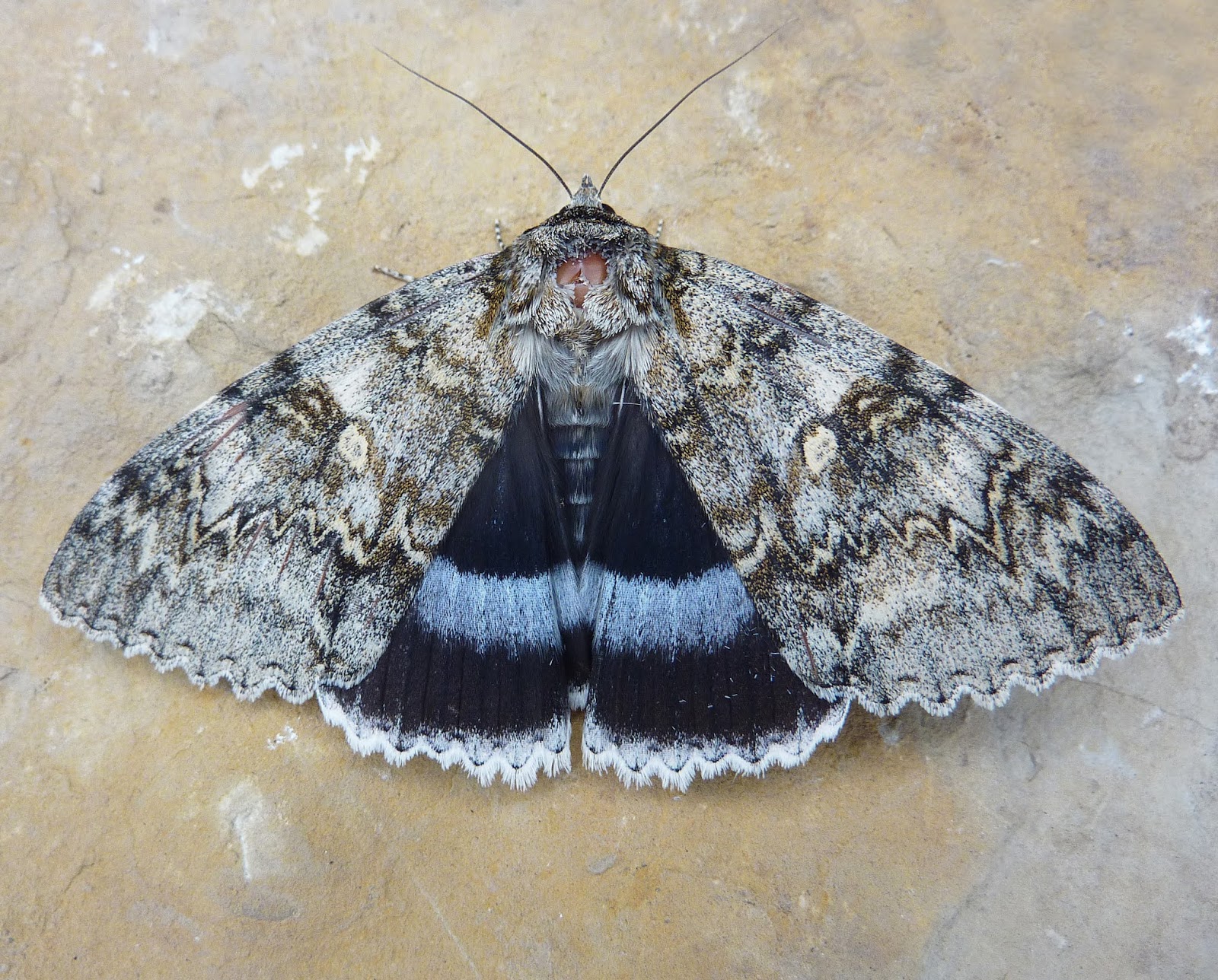First moths origins
Since 1987 I have recorded 409 species of macro moth in the garden. I thought it would be interesting to see what new species I have recorded over the past 15 years and a breakdown of their possible origins.
2006 Striped Hawk-moth (01/09), Pinion-streaked Snout (22/09), Pine Carpet (14/10), Blair's Mocha (28/10)
2008 Buff Footman (01/06)
2009 Dingy Footman (02/06)
2010 Toadflax Brocade (23/05), Orange Footman (04/06), Hoary Footman (25/07)
2011 Rannoch Looper (03/06), Tree-lichen Beauty (02/08)
2012 Jersey Tiger (17/08), Gypsy Moth (18/08)
2013 Royal Mantle (16/07), White-point (04/09)
2014 Grass Rivulet (07/06), Dark Spectacle (03/09)
2015 Cypress Carpet (26/06)
2017 Yellow-legged Clearwing (13/06), Orange-tailed Clearwing (18/06), Scarlet Tiger (19/06), Scallop Shell (08/07), Clifton Nonpareil (23/08), Delicate (25/09)
2018 Great Oak Beauty (09/06), Kent Black Arches (06/07), The Mocha (07/07), Oak Processionary (19/07), Gold Spot (06/08)
2019 Langmaid's Yellow Underwing (04/08)
2020 Dewick's Plusia (10/08), Heath Rustic (14/09), L-album Wainscot (15/09)
Migrant Expanding resident Colonising adventive Hot-weather wanderer
The colour coded key above may not be totally accurate - some might argue that the Jersey Tigers are not from expanding residents but from adventive stock - and that the Clifden Nonpareil appeared as a migrant in what was a tremendous year for them, regardless of whether or not they set up new colonies at the same time. The number of expanding residents is clear to see, particularly the four species of Footmen in a three year period, all of which are now regularly recorded. There are also a few species that, although resident in England, are not found close to Banstead and are moths of specialised habitat - they always seem to pop up during hot weather, hence the 'hot-weather wanderer' tag. Some of these new species, considering how infrequent they are, come in clusters, such events being driven by the weather conditions as much as by chance.
What next? If I was to put on a bet it would be for Oak Rustic, a species that has already colonised just north of me. I would also have a cheeky punt on Dark Crimson Underwing which has colonised Wimbledon Common, that is less than 10 miles away as the moth flies.



Comments
Maurice
I had one on 5.6.2009. One of 4 recorded in Hampshire at that time.
(You may remember me, of the Devil's Fingers site in the New Forest. We are now down in Somerset, close to the Levels).
Maurice: I still haven't been to see the fungus